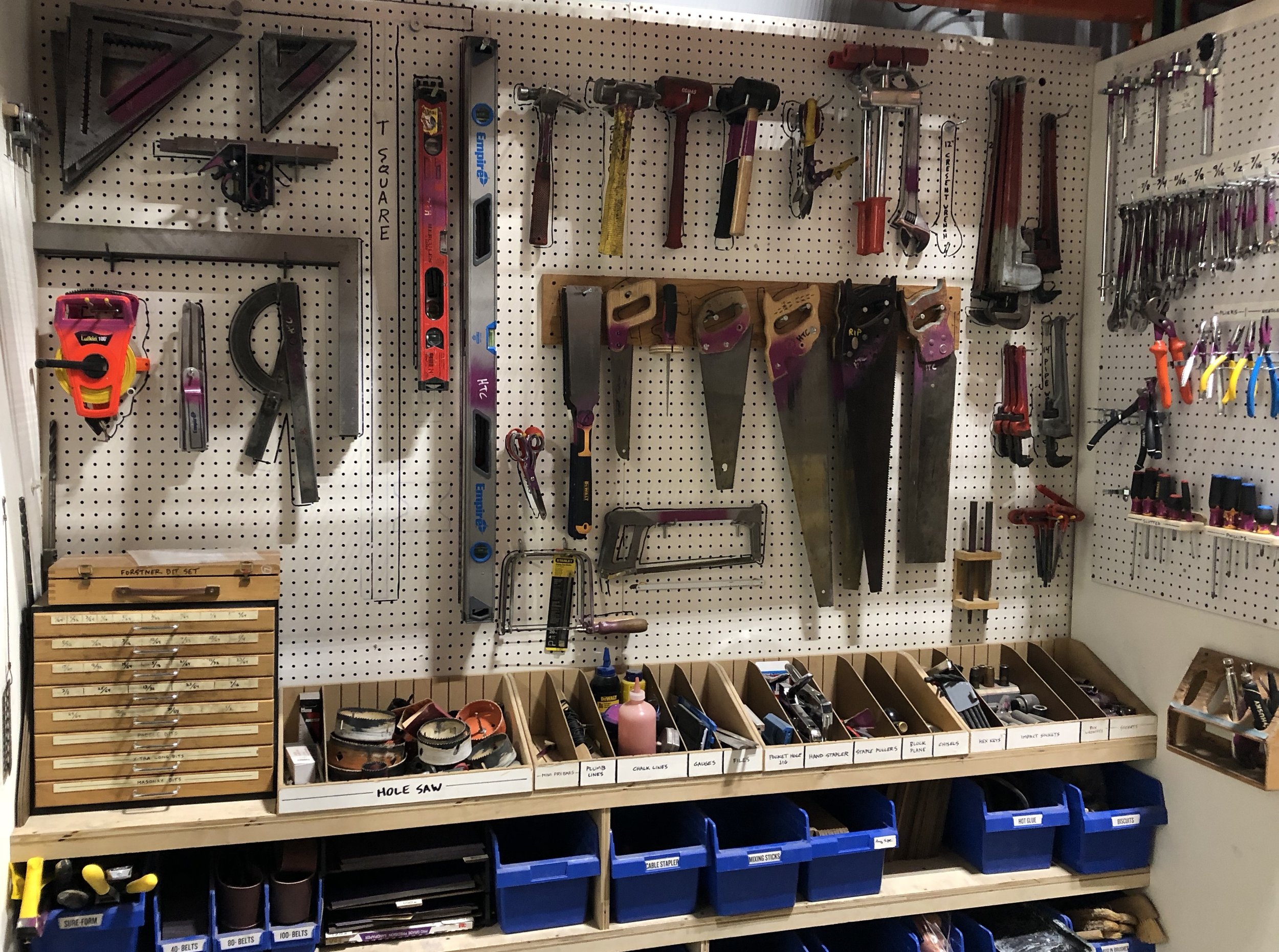Developing a Stress-Relief Toolkit for Hard Times
So many tools to choose from. Photo by Quinn Corte, 2018.
Developing a Stress-Relief Toolkit for Hard Times
When you’re going through a challenging time, you need heaps of self-compassion, patience, and support. Recovering from intense stress and trauma is messy, and it almost always takes longer than expected.
In addition to a compassionate mindset, it also helps to do things that feel supportive. Maybe what calms you down most is getting in bed with a book—or maybe you release stress by shooting aliens in your favorite video game. Sometimes deep breaths are totally soothing to you, but other times you can’t sit still and going for a run is the only thing that helps. These are all potential tools for your stress-relief toolkit.
Each of you has a private tool chest of things that help you feel better. You’ve been developing it over your lifetime as you notice what comforts you, relieves your emotional and physical pain, and calms your nervous system.
The broader your toolkit is and the more you play with it, the better you’ll be able to support yourself during hard times.
So as you navigate the highs and lows of life, try new tools and decide if they should go in your kit.
How do you know if a strategy is effective for you? Get curious and listen to your body:
First, notice how you feel before you try the technique. Get still for few moments and turn your attention inward. What do you notice about your pain, temperature, energy level, mood, or posture? Answer the question, “I want to feel more ___ and less ___.”
Then, observe how your body feels as you try the technique and immediately after. Has anything changed? Do you feel tight or open, warm or cold, numb or activated? Did it give you slightly more/less of what you needed?
From there, play with it. Try slowing down or speeding up the technique, or changing the number of repetitions. Try it on a different day; a different time of day. Try doing it harder or lighter, in a different location, or added together with something else that helps you relax.
Above all, be patient. There’s rarely a quick fix after intense stress, and sometimes techniques only help when the body is good-and-ready to be helped. Don’t push it.
If anything doesn’t feel good or helpful, chuck it. Listen to your own knowing instead of mine or anyone else’s.
Want to practice with me?
Thanks to my therapist, I just discovered a one-minute somatic technique that releases my tension. It’s wild. It’s the simplest thing, but it instantly and dramatically helped me. All you have to do is move your eyes and yawn in a specific sequence, and it stimulates the vagus nerve to help you relax.
I encourage you to try this new tool with curiosity. Follow my steps above to explore, observe, and adjust. After you learn the technique, you can try it sitting versus lying down, or in the morning versus before bed. See whether this is a new gadget to add to your tool chest.
Here’s the 10-minute video that explains it.
Happy exploring!
~
Oh hey, by the way—
The Retreat Space is a great resource for developing your stress-relief toolkit. We have four years’ worth of essays, classes, and resources to help you slow down, check in, and take care. Here where to start.
Short Essays
How to Cope Through Rough Times
17 Ways to Support Rest & Recovery
Getting Cozy to Relieve Stress and Anxiety
Videos of Techniques
Self-Massage for Deep Care with Tara Jones
Releasing Worry Through Yoga with Gail Picillo
Deep Rest through Yoga Nidra with Kristine Backes
Breathwork for Releasing and Connecting with Tara Jones
Resources
Books for Healing, Self-Reflection, Creativity, and Wellbeing


